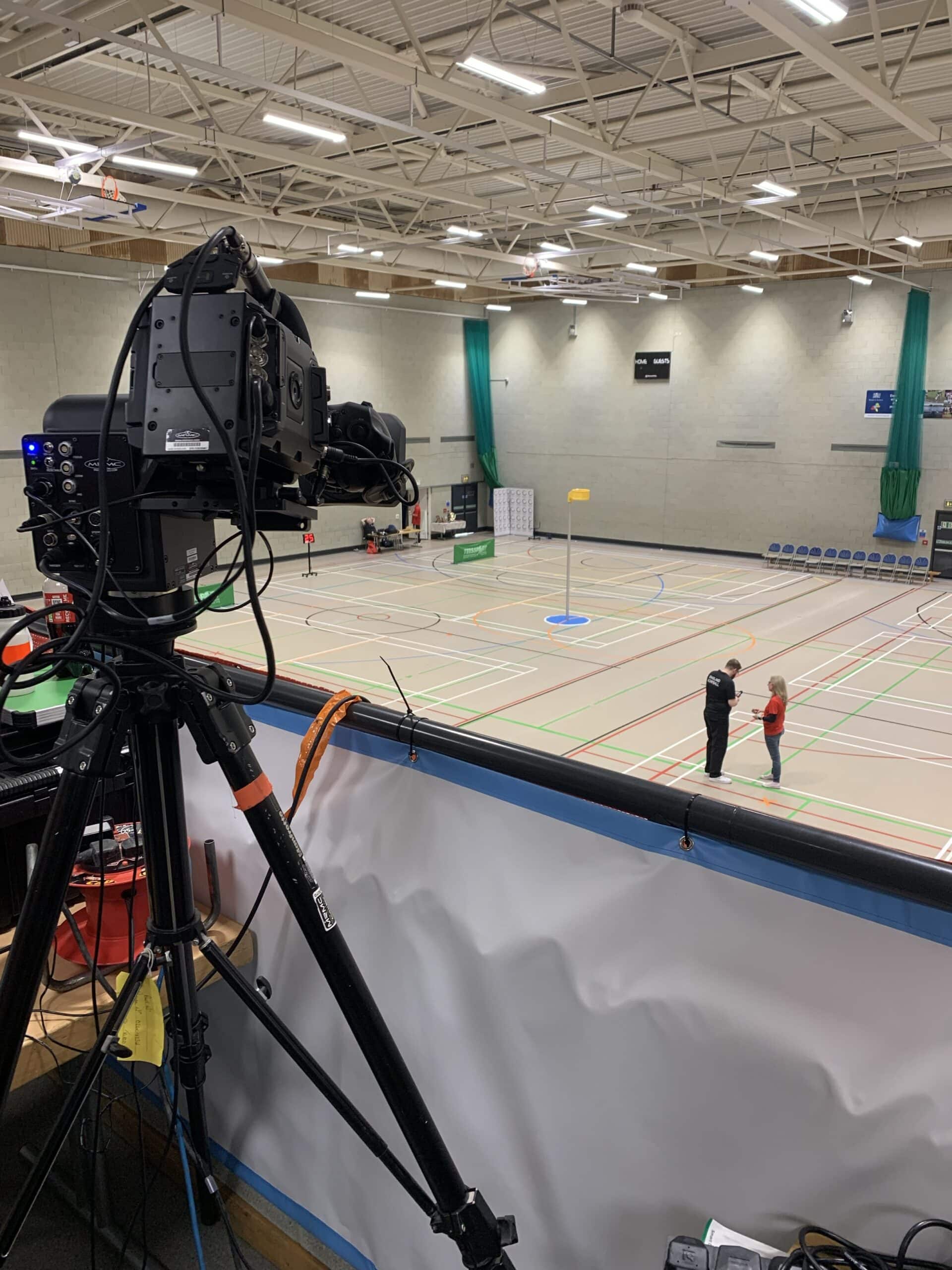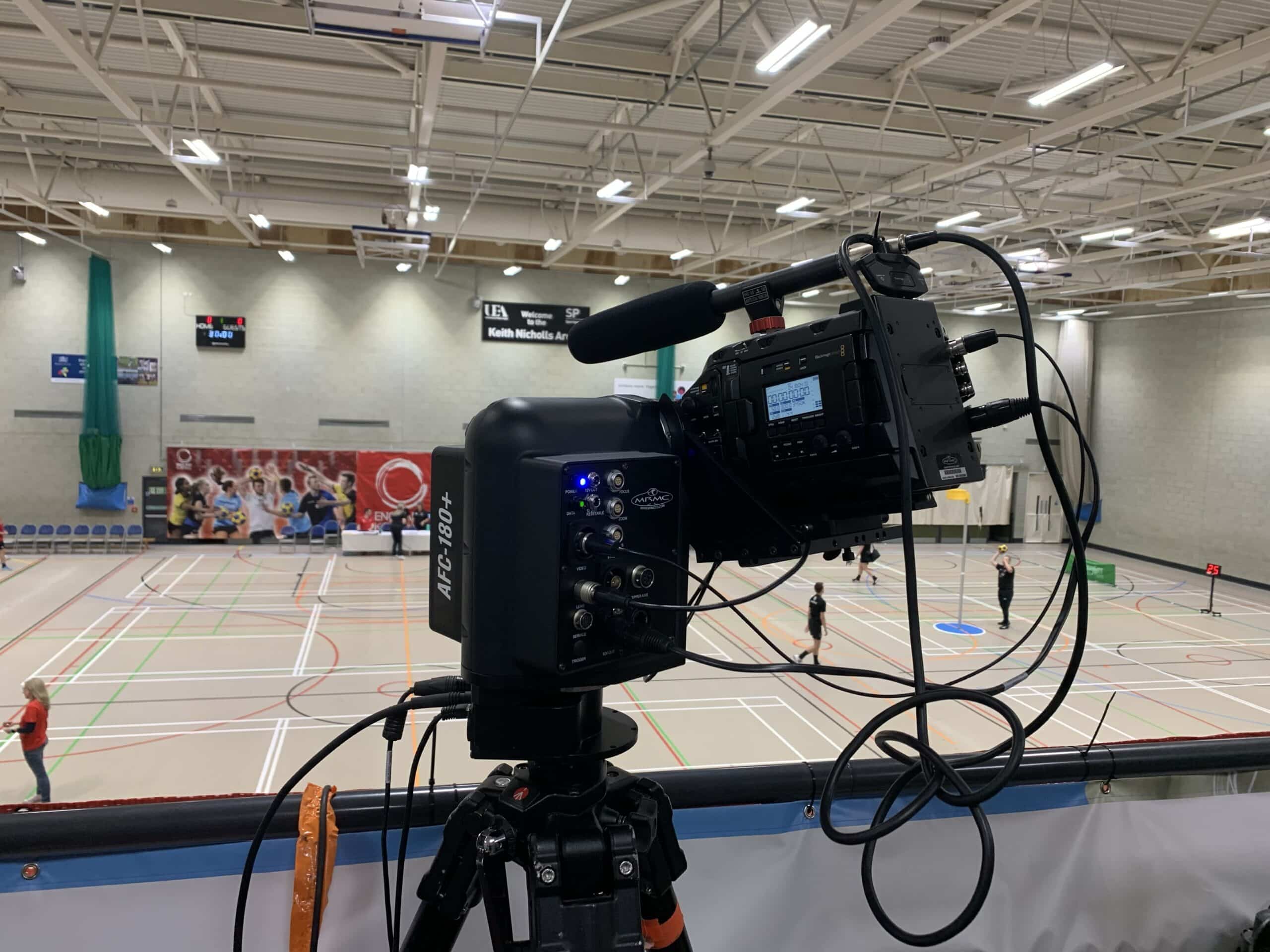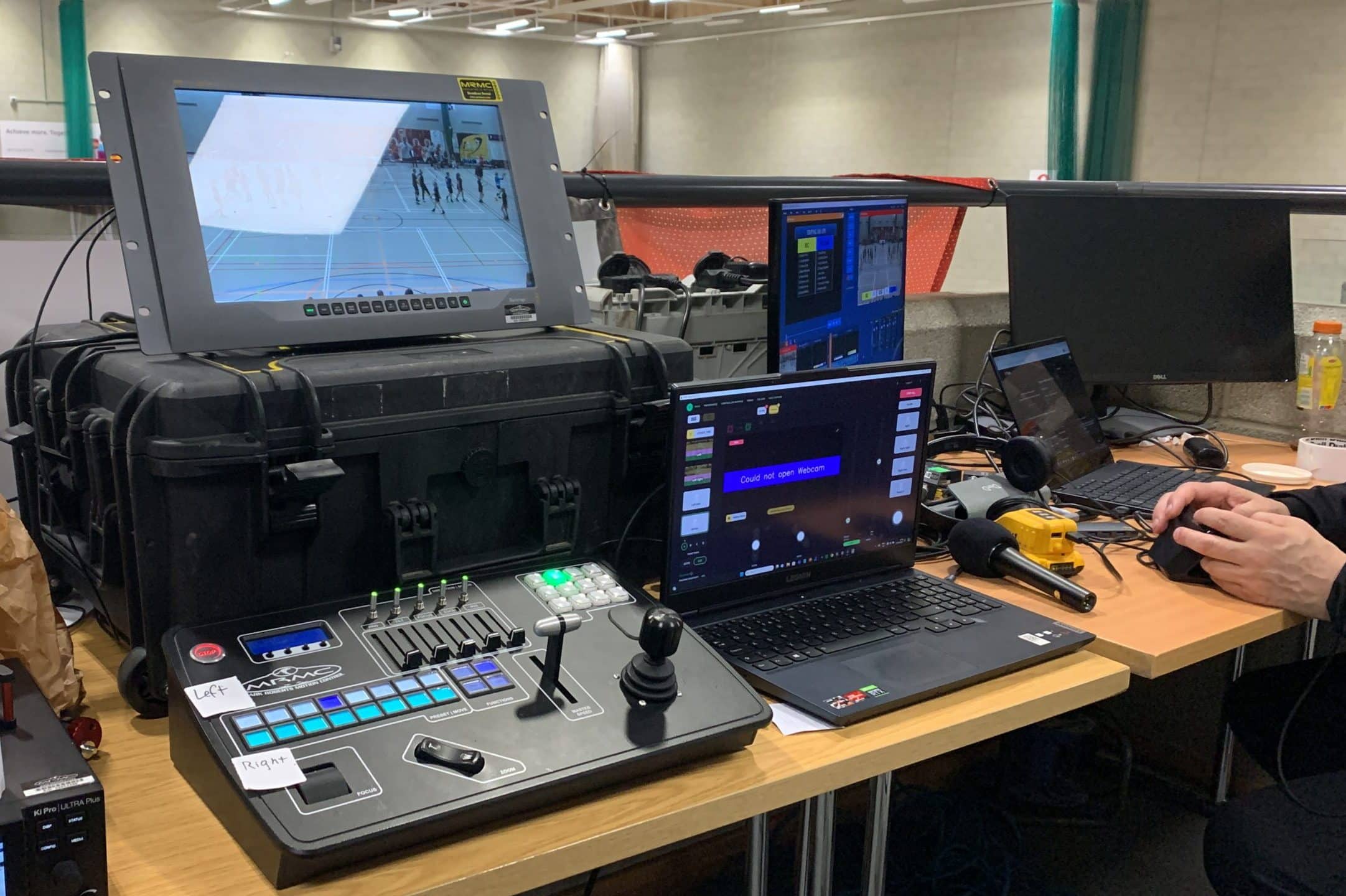Streaming The Korfball Finals With The AFC-180+
CASE STUDY
The Korfball Finals showcased the sport’s history and gender equality. Six teams battled it out across three matches, and MRMC’s tech ensured top-notch broadcast quality. With the AFC-180+ Robotic Head and other cutting-edge gear, our non-tech operators captured every dynamic shot. Streamed live on YouTube, fans worldwide enjoyed the action with professional-level production.
The Korfball Finals showcased the sport’s history and gender equality. Six teams battled it out across three matches, and MRMC’s tech ensured top-notch broadcast quality. With the AFC-180+ Robotic Head and other cutting-edge gear, our non-tech operators captured every dynamic shot. Streamed live on YouTube, fans worldwide enjoyed the action with professional-level production.
Bringing Korfball to the World: A Broadcast Revolution for the Finals
Korfball, a sport with a rich history, was invented by Dutch schoolteacher Nico Broekhuysen in 1902. It is unique in its emphasis on gender equality, with each team comprising four men and four women. Played on a rectangular court featuring a post and basket (korf) at each end, the objective is to score by throwing the ball through the opponent’s korf. The Korfball Finals presented a unique opportunity to showcase the sport with unprecedented broadcast quality. Six teams competed in three pivotal matches, each with significant implications for their standings and future in the league.
To ensure a professional broadcast, MRMC Broadcast Engineer Nic Mason provided crucial assistance, leveraging advanced technology including the AFC-180+ Robotic Head, Black Magic Ursa camera with a Fuji 24x lens, and a comprehensive broadcast panel and MHC system.
Setting Up Before Kick Off

Fair Play and Strategic Dynamics: The Rules of Korfball
The rules of korfball are designed to promote teamwork and strategic play. Each team must have an equal number of male and female players. Players cannot move while holding the ball; they must pass it to a teammate.
The court is divided into zones, with players restricted to specific areas, and two players from each team occupy each zone, either defending or attacking. Physical contact is limited, and players must defend against the same gender, ensuring a fair and balanced competition.
Matches are played in two halves, each lasting 25 minutes. The objective is to score by throwing the ball through the opponent’s korf, a hoop mounted on a pole. Players cannot shoot if they are being defended, which means a defender must be within arm’s length and actively trying to block the shot. Teams switch zones after two goals are scored, which keeps players engaged in both offensive and defensive roles. Additionally, players are not allowed to knock the ball out of an opponent’s hands or obstruct their movement by physical means.
The AFC-180+ In Action

Central to the production was the AFC-180+ Robotic Head, known for its exceptional speed and precision. This compact robotic pan-tilt head is ideal for high-speed sports like korfball, with pan speeds of up to 180° per second. It features 360° pan capability with a slip ring option, ensuring continuous and seamless motion. Despite its rapid movements, the AFC-180+ maintains precise and stable footage, crucial for capturing the fast-paced action of the matches.
The Black Magic Ursa camera, paired with the AFC-180+, delivered high-quality imaging essential for a professional broadcast. With 4K resolution, the camera ensured crisp and detailed visuals, capturing the intensity and nuances of the games. The Fuji 24x lens provided versatile zoom capabilities, essential for both close-up shots of key moments and wide-angle views of the overall game.
Overview Of The Broadcast Panel

Broadcast Production: Technology, Training, and Global Exposure for Korfball
The broadcast panel and MHC (Multi Head Controller) system were crucial in controlling the robotic head and managing camera feeds. This system allowed us to set up and recall various camera presets effortlessly, simplifying the operators’ tasks and ensuring consistent shot quality throughout the event. Several camera presets were established to provide comprehensive coverage, including centre pitch, pitch left, pitch left mid, pitch left tight for penalties, and mirrored angles for pitch right to achieve complete symmetry. These presets allowed operators to switch views quickly, maintaining fluidity and continuity in the broadcast without requiring extensive technical skills. The operators were selected from those involved in korfball, rather than technical professionals. They were trained to use the presets, simplifying the operation and reducing the risk of missing critical moments.
This approach allowed them to focus on capturing the essence of the games. As the event progressed, the operators gained confidence and began to use the joystick for more dynamic shots, particularly to capture the winners’ celebrations. The live feed from the camera was ingested into Vmix, a robust video production software. Vmix enabled the production team to add graphics and commentary, creating an engaging viewing experience. The final production was live-streamed on YouTube, making the event accessible to a global audience and significantly raising the visibility of Korfball.
The advanced equipment and well-planned presets ensured a polished and professional broadcast. Streaming on YouTube allowed fans and new viewers worldwide to watch the event, expanding the sport’s reach. Throughout the event, operators became more adept at using the equipment, enhancing the broadcast with more dynamic and engaging shots. By providing a broadcast-level production, the event showcased korfball in a highly professional manner, attracting new fans and raising the sport’s profile. The successful broadcast of the Korfball Finals using advanced robotic head technology and high-quality imaging equipment demonstrates the potential of leveraging cutting-edge technology to enhance the visibility of niche sports. The AFC-180+ Robotic Head played a crucial role in delivering dynamic shots, and the user-friendly setup enabled non-technical operators to manage the production effectively.
